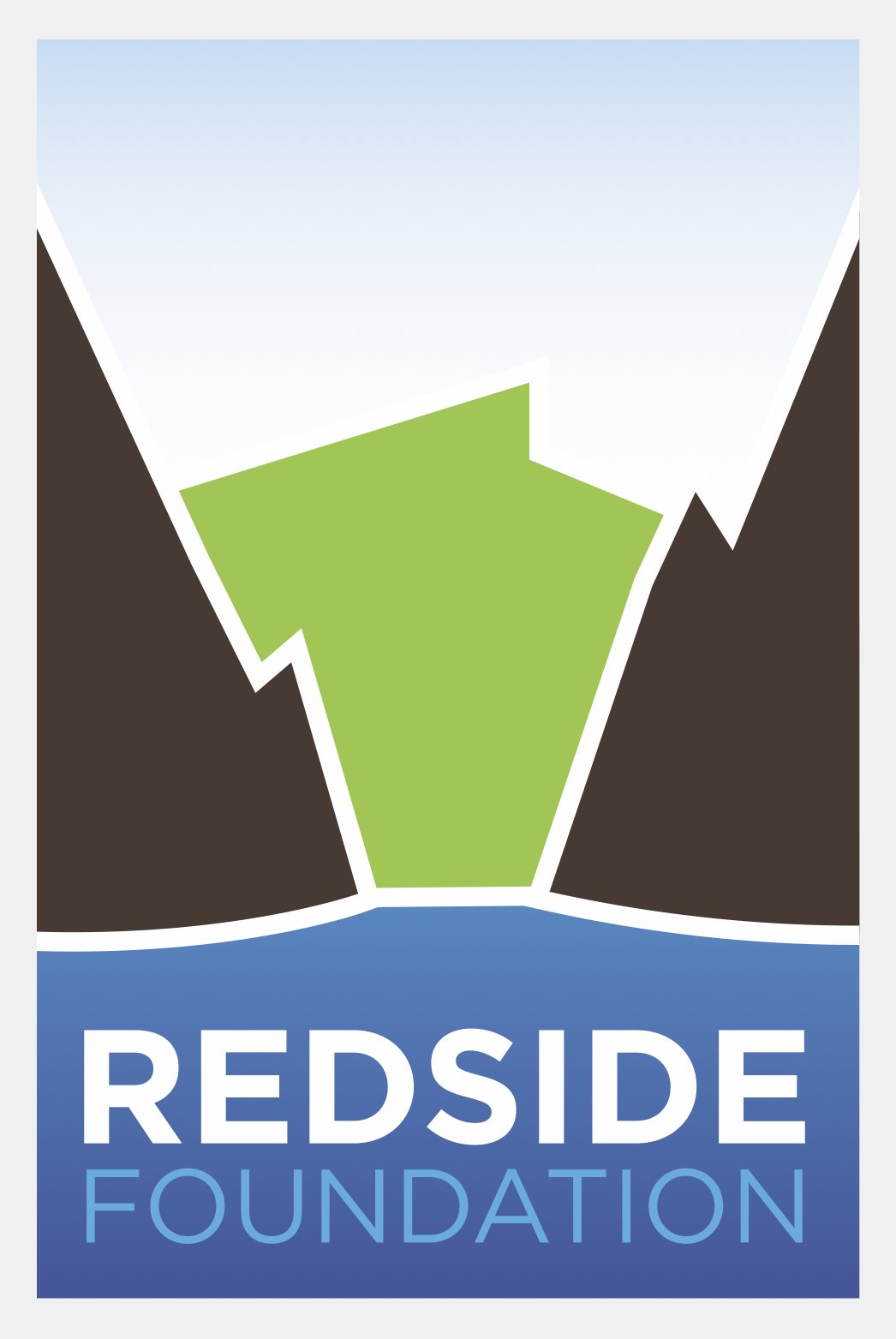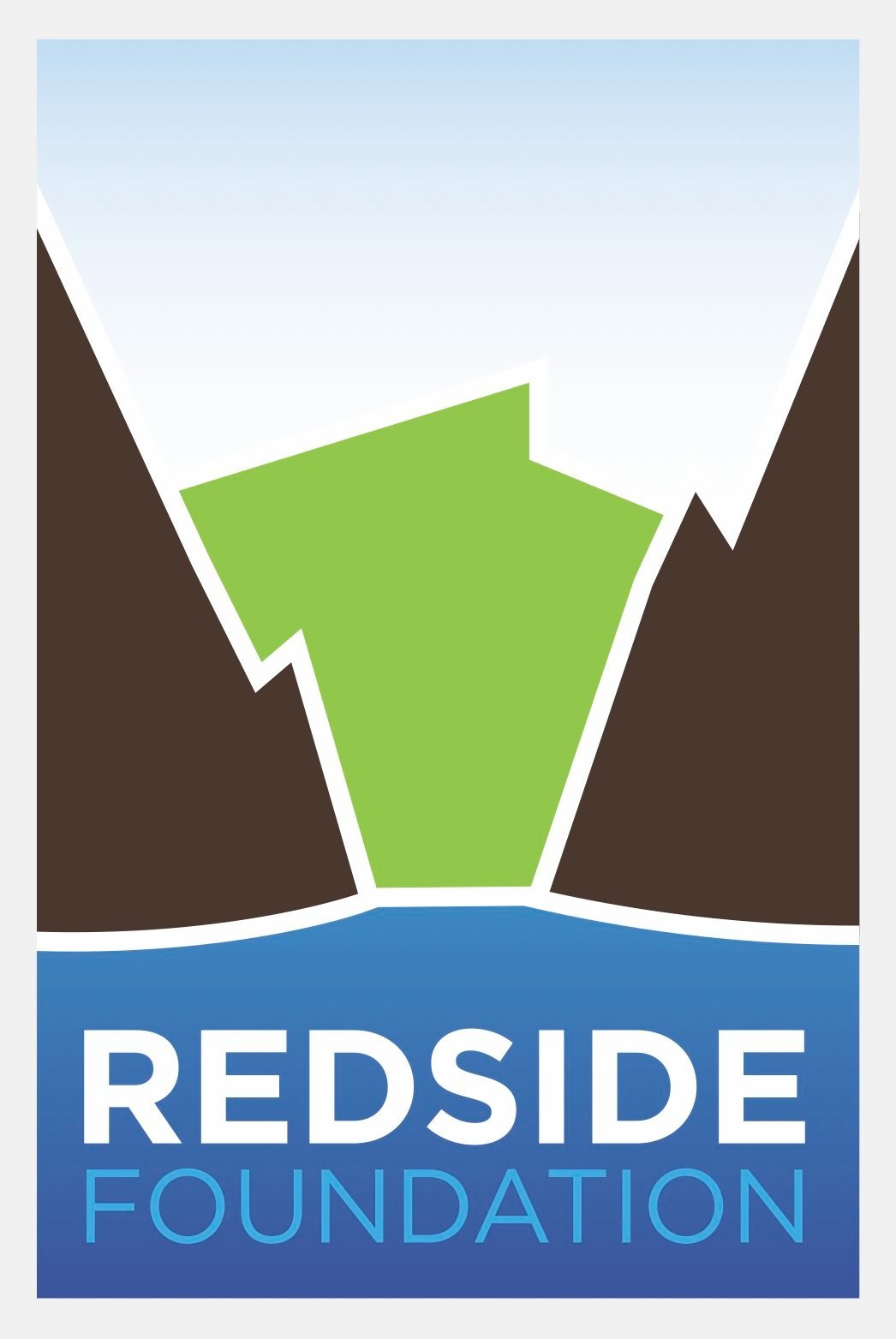THE PRIDE OF BEING A GUIDE
by Emerald LaFortune
A serious nine-year-old boy is perched on the front of my boat. In one hand he grips a spinning rod, his other hand is clenched on a blue cam strap. We’ve just passed the confluence of the Snake River and the Salmon River. It feels like a symbolic spot, Idaho’s wildest river and it's most domesticated meeting to shake hands. I almost speak up, ask this kid what he thinks these two rivers are trying to tell us. Then I remember he is nine and keep quiet. As the surging rapids of the confluence turn to glassy flat water, he turns to look me in the eye.
“What’s your favorite animal, Emerald?” he questions.
“Probably a river otter?” I reply, caught off guard.
He studies me for a second.
“That is a water animal. What is your favorite land animal?”
“Um. Elephant.” I say. It’s the end of a long day and it’s the first that comes to mind.
He turns around and sends his lure splashing into the eddy line on our left.
“What’s your favorite water animal?” I ask, liking the way kids don’t expect much continuity in their conversations.
“Salmon,” he states without hesitation, slowly reeling his lure back into the boat.
“Good one,” I reply. Want to know something cool about salmon?”
He nods, gaze on his line skittering through the deep, green water.
So as the wooden oars and my tired back muscles propel us through the still water, I tell him about the itty bitty creeks that salmon are born in. I turn the raft around and row backward, explaining how the salmon are flushed to the ocean, just like we are now, facing upstream. We talk about how the salmon grow big and strong in the ocean, just like he is growing big and strong right now. We imagine how much work it must take to jump up fish ladders and the rapids we have just boated through. We speculate on how totally cool it would be to catch a salmon on his spinning rod.
And then, just as suddenly as it started, the conversation has moved on to trail mix and if it’s time to swim yet.
When I decided to work as a whitewater guide again post-university graduation, I felt a bit sheepish. Four years of college education and a degree to land a job I was qualified for without it? When I told family and friends my post-grad plan I would explain how “it was a break year” and how I’d land a “real job” soon.
But as the boy swims alongside my boat, practicing his salmon technique (lots of flopping), I think about what it means to be a guide. The West is covered in us – from mountaineering guides to fishing guides to hiking guides to rafting guides to climbing guides. The community is stereotyped, occasionally accurately, as a collection of young adults dirtbagging around, making ends meet from season to season, living out of vehicles, thriving on adrenaline and PBR, and otherwise avoiding the real world with it’s bank accounts and office desks. Many of us started guiding not because we love managing stranger’s vacations, but because we love the places we guide in. When the place you love is a permitted river, or 10,000 ft peak, or boat-only access fishing hole, you get creative.
When I applied for my summer job in February of 2013, it was for the sole purpose of spending as much time as I possibly could on the rivers in Idaho. Yet as the summer progressed, I found myself enjoying the people as much as the place. Not just the vibrant, laughing river guides, but the guests as well.
As I haul the boy back into the boat by the lapels of his personal flotation device (even salmon have to get out of the water and eat trail mix on occasion), I think about my undergraduate degree. Environmental Studies students are taught to translate and communicate complicated policy and science in ways that is worthwhile and meaningful. I wonder, if a picture is worth 1,000 words, what is an experience? I think of the Floridian investment banker who sat in awe in a dory, as guides laughed and played music around him, the Idaho sky exploding in stars. “I haven’t seen the stars like this in sixteen years,” he said quietly. “This trip is changing my life.”A guide may not have the traditionally well-built resume of a campaign organizer, policy changer, or non-profit employee. But helping people to care about a place or issue enough to take action is as much about affecting their heart as it is about appealing to their logic or wallet. And when a guest watches their child open in joy after a big rapid, or eats dinner while the sun set over a pastel pink river, or sleeps out on a sand beach with their loved one, it touches a heart place . When a guest sees how their guide loves their place like they love a limb attached to their body, it touches a heart place too.
Many young adults won’t be guides forever – but most take that heart work and apply it into being some of the most passionate organizers, teachers, office workers, business people, parents, and friends I know.
So now, I say it with strength instead of sheepishness.
I am a guide.

